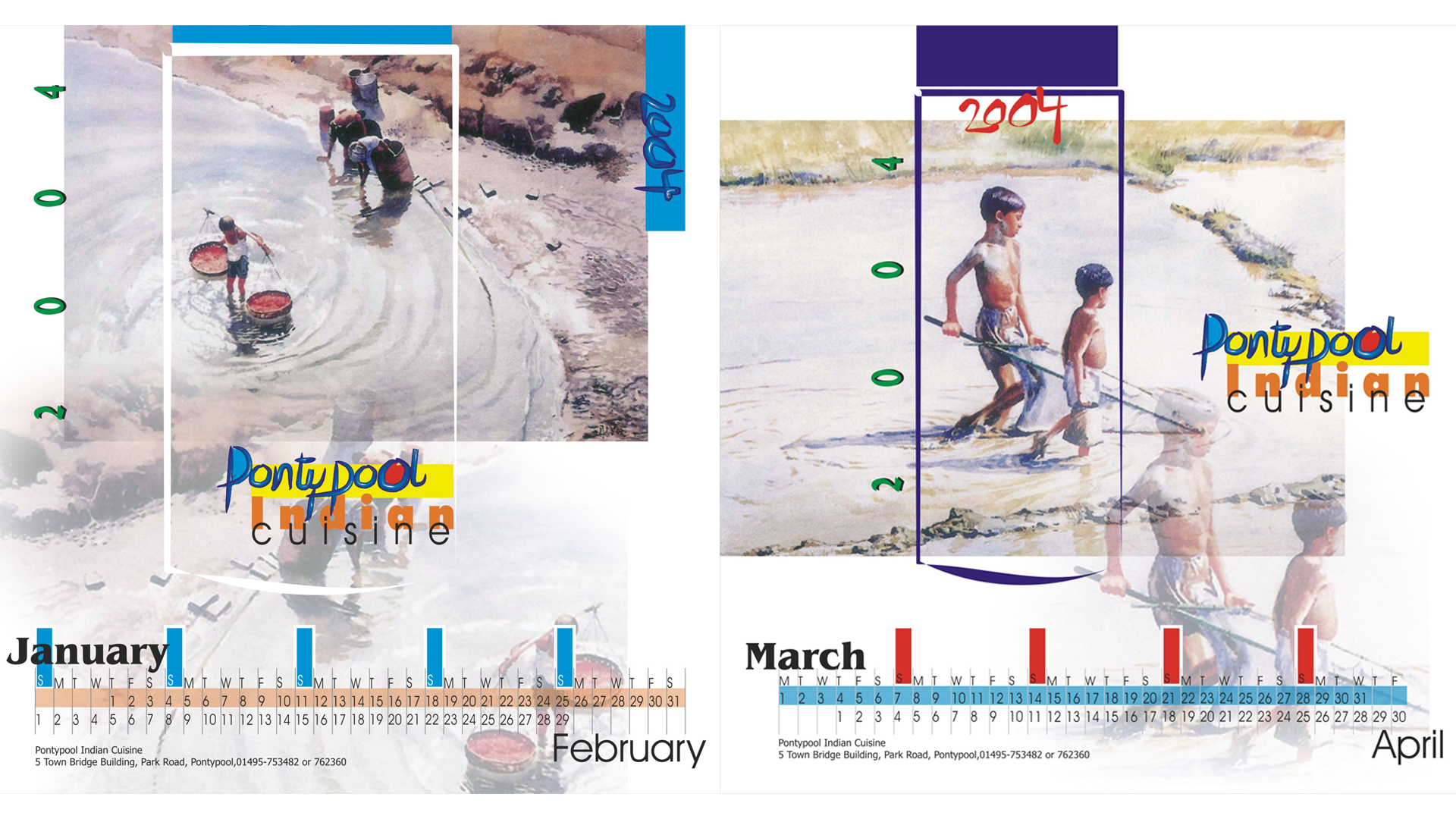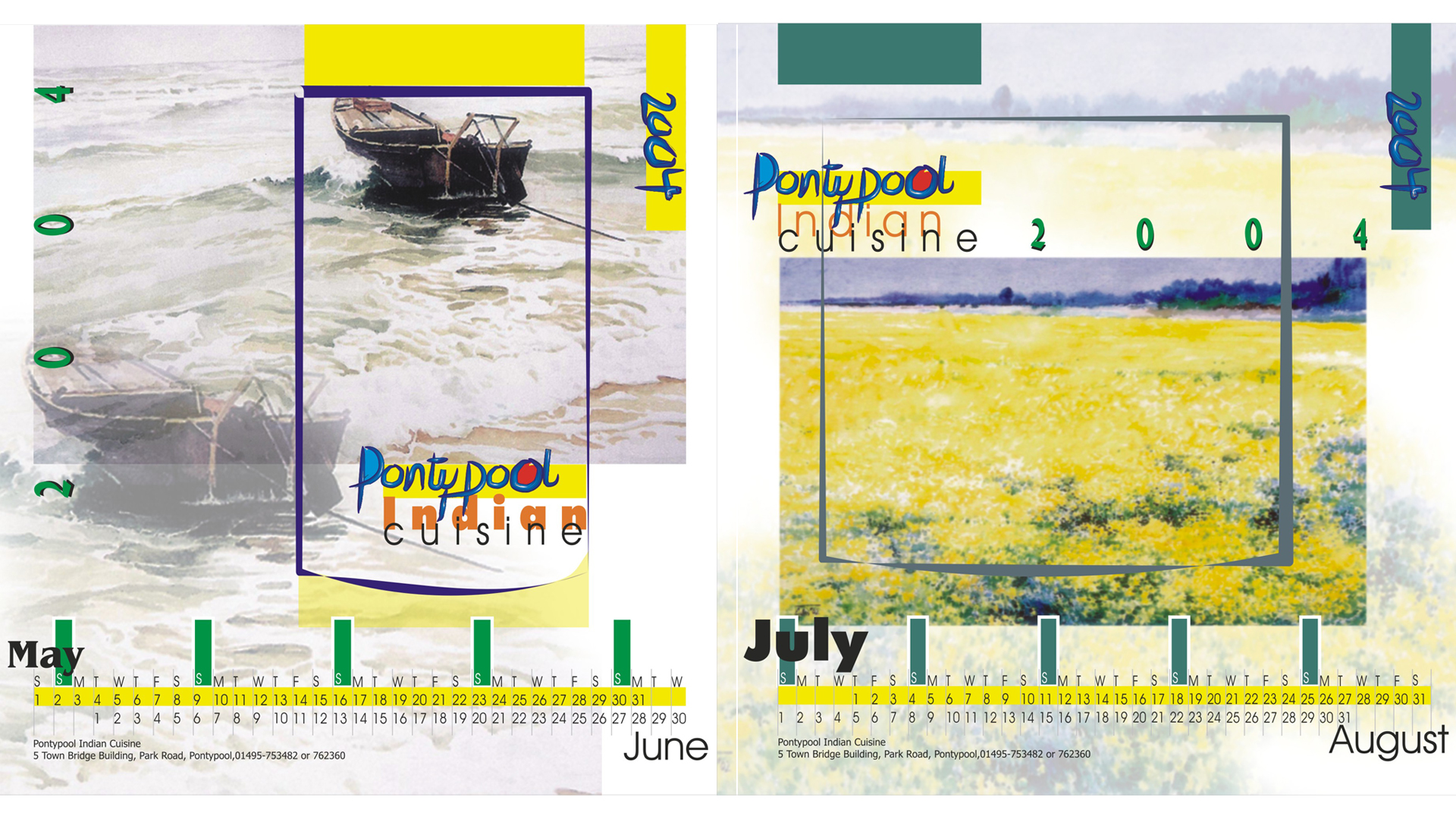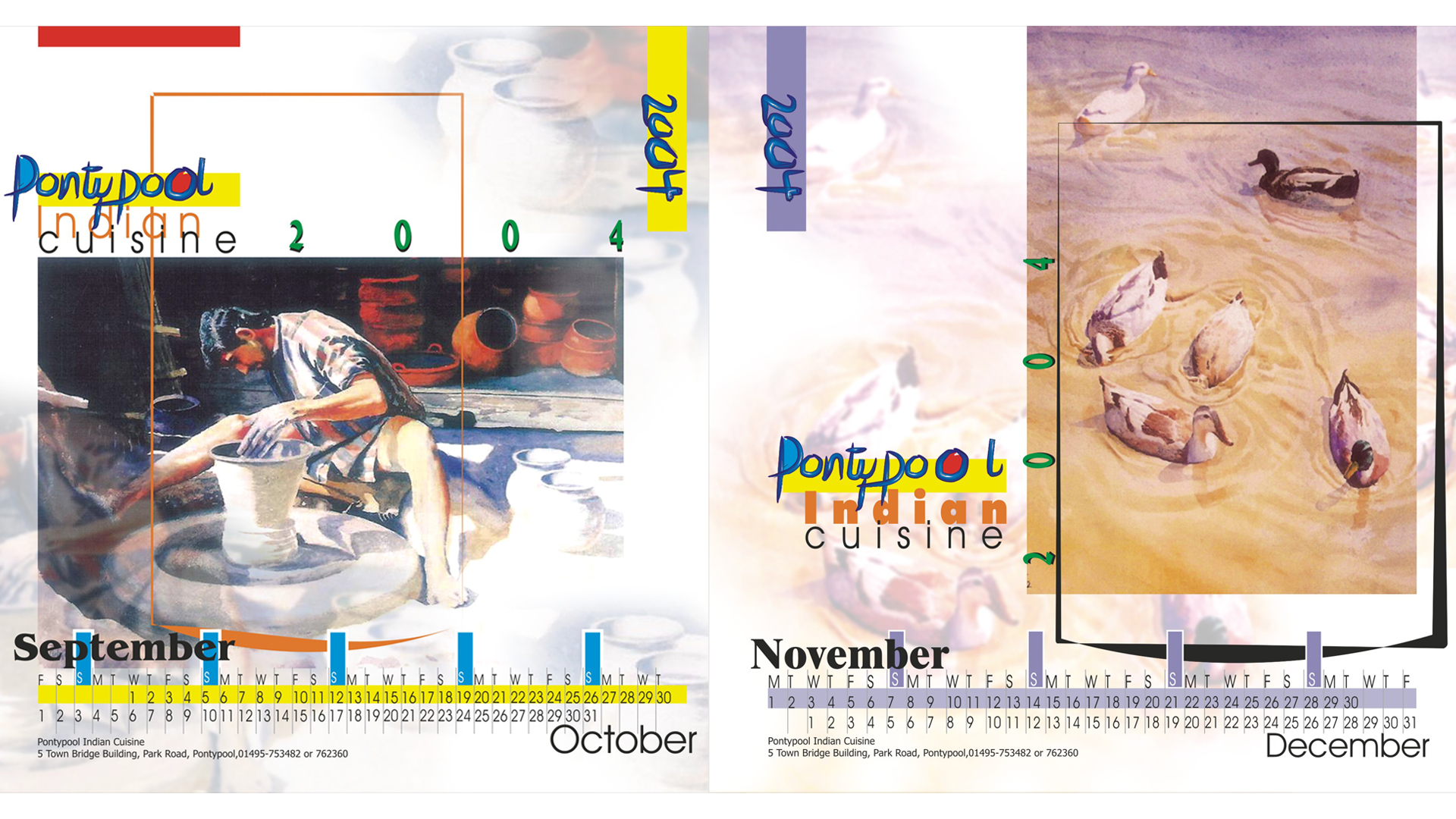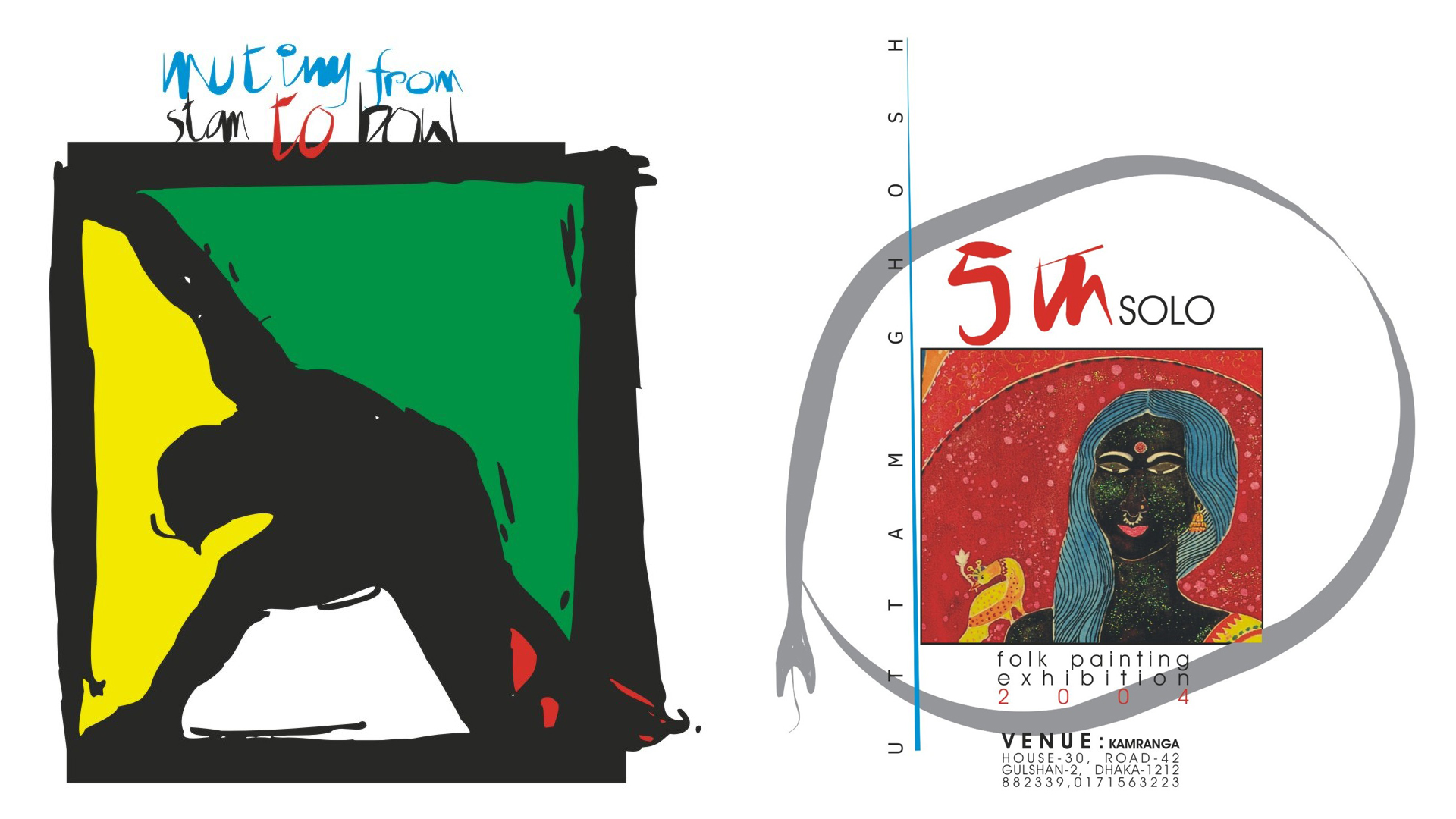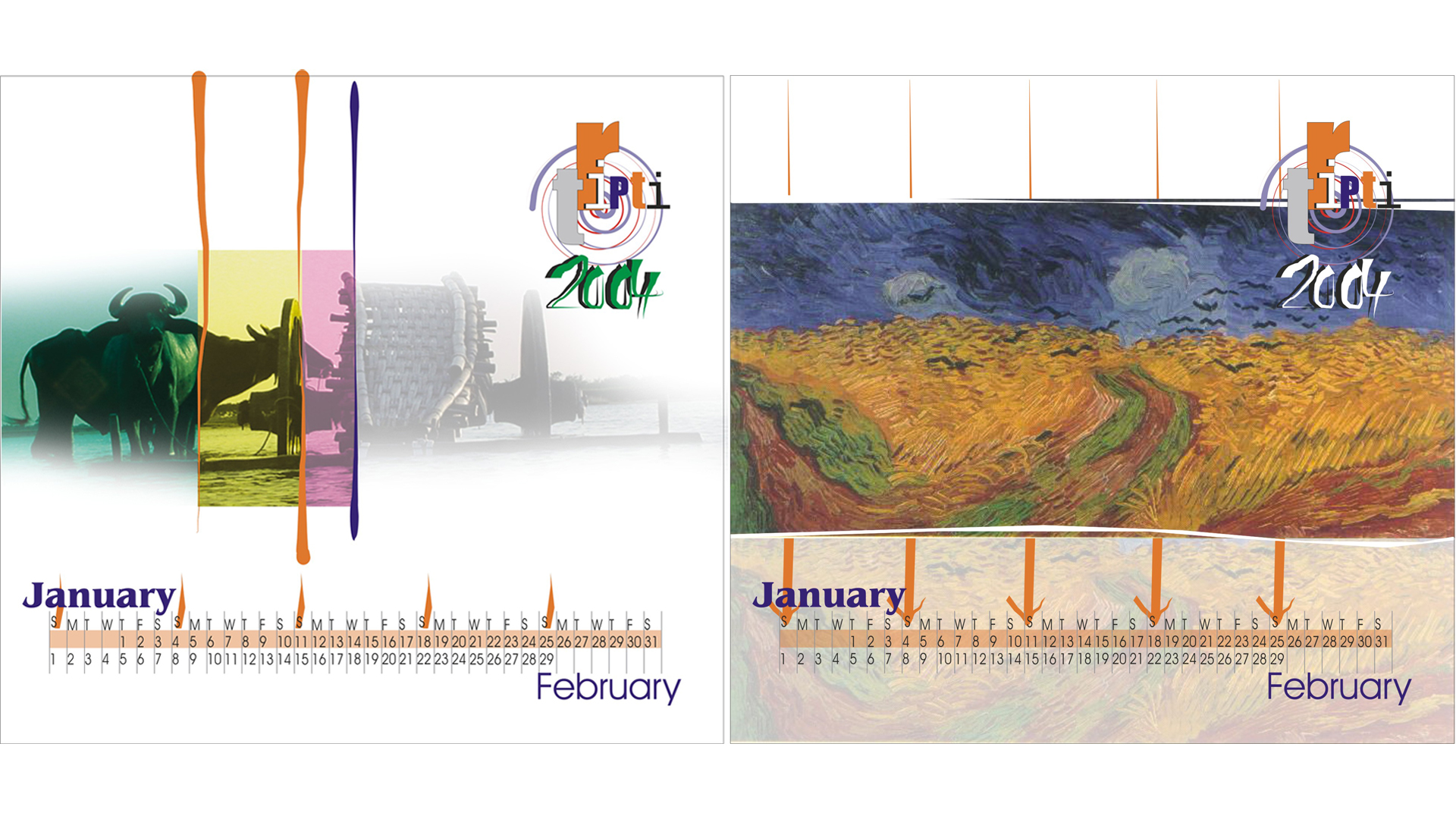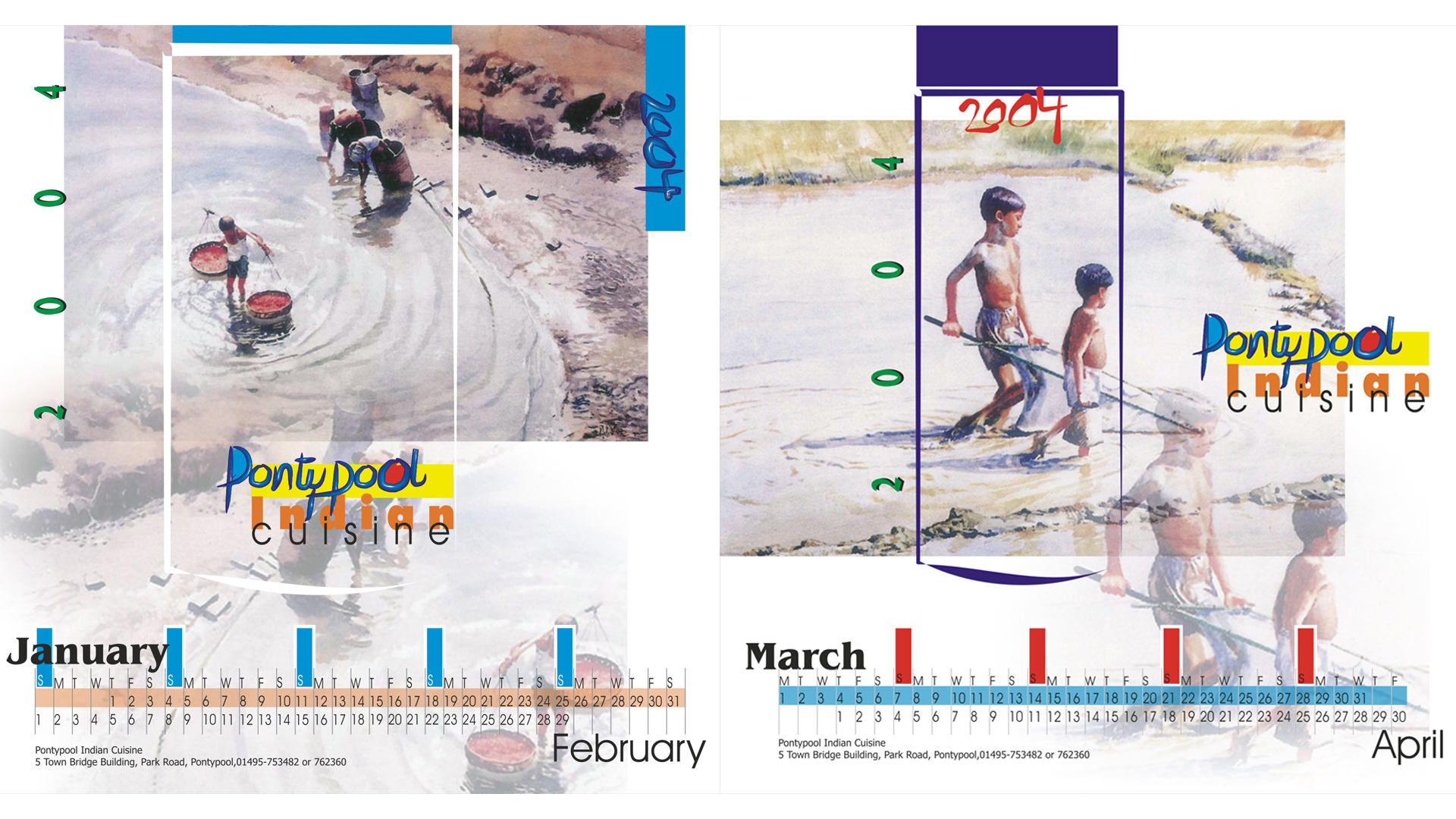Graphics
Project in Details
The earliest graphics known to anthropologists studying prehistoric periods are cave paintings and markings on boulders, bone, ivory, and antlers, which were created during the Upper Palaeolithic period from 40,000–10,000 B.C. or earlier. Many of these were found to record astronomical, seasonal, and chronological details. Some of the earliest graphics and drawings are known to the modern world, from almost 6,000 years ago, are that of engraved stone tablets and ceramic cylinder seals, marking the beginning of the historical periods and the keeping of records for accounting and inventory purposes. Records from Egypt predate these and papyrus was used by the Egyptians as a material on which to plan the building of pyramids; they also used slabs of limestone and wood. From 600–250 BC, the Greeks played a major role in geometry. They used graphics to represent their mathematical theories such as the Circle Theorem and the Pythagorean theorem.
In art, "graphics" is often used to distinguish work in a monotone and made up of lines, as opposed to painting.

